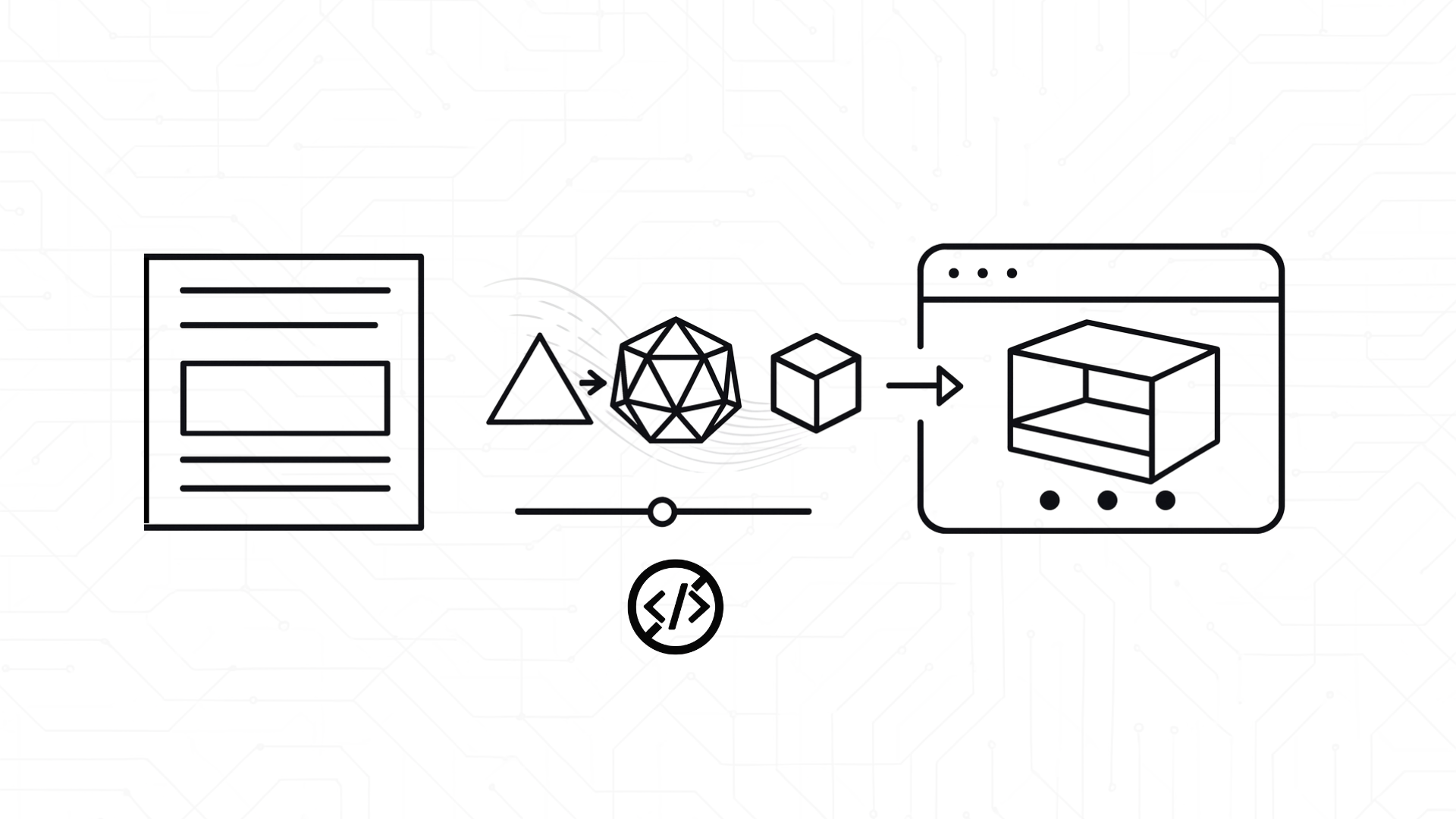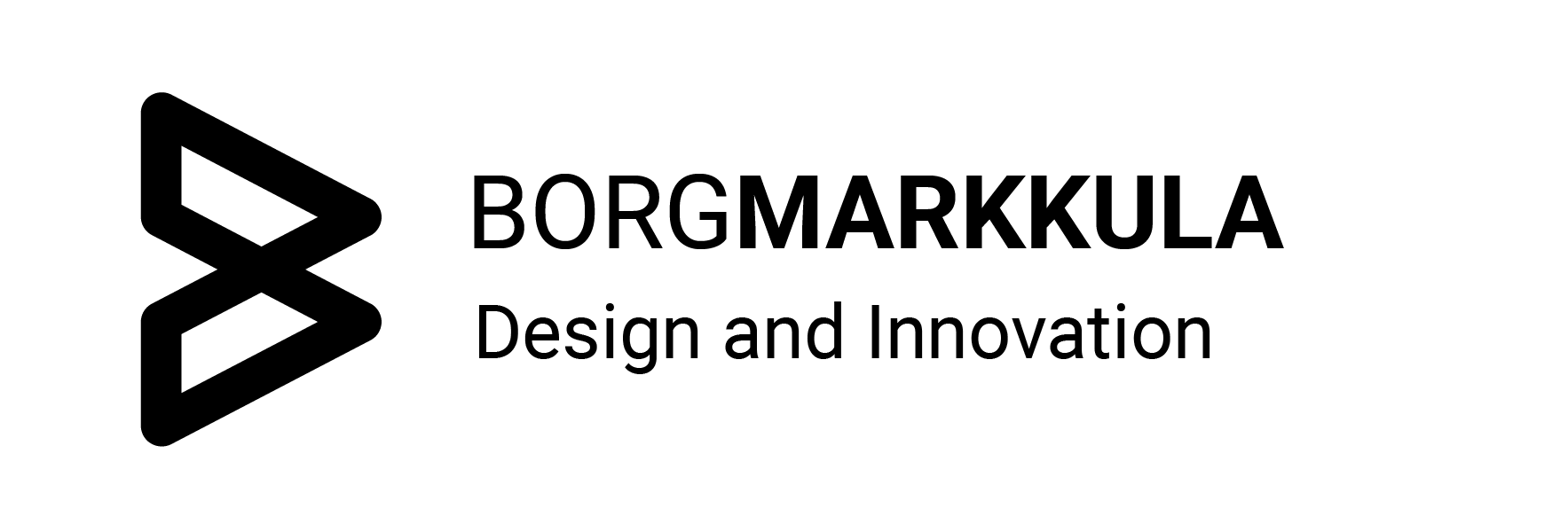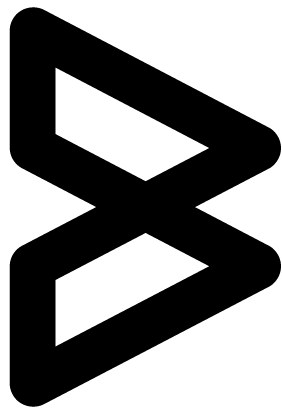
Interactive Design Without Coding: The Rise of ShapeDiver
What If Configuring a Product Was as Easy as Browsing It?
Picture this: you’re exploring a furniture company’s website. Instead of static images, you see a 3D model of a table. With a simple slider, you adjust its length. A dropdown swaps the wood from oak to walnut. In seconds, you’ve created your own variation and you didn’t download software, send an email, or wait for a designer to respond.
This is the promise of no-code 3D configurators, and at the center of it is ShapeDiver.
From Coding Barriers to No-Code Access

Until recently, making a 3D configurator required deep coding knowledge. Companies needed developers to link design logic with web interfaces. That meant only large players with budgets for custom development could offer interactive configurators.
Smaller firms relied on static catalogs or endless email chains:
- Clients asked for variations.
- Designers updated models manually.
- Pricing and fabrication were handled in separate steps.
It worked but slowly. In fast-moving industries, slowness often means lost opportunities.
Enter the no-code movement. Just as tools like Webflow changed how websites are built, ShapeDiver has changed how interactive 3D design is delivered. With it, designers can publish Grasshopper models to the web, instantly turning parametric logic into interactive, client-friendly configurators. No coding required.
Why ShapeDiver Is Resonating Now
1. Clients Want Interactivity and Freedom
A portfolio of static images can’t answer a client’s real question: what will it look like for me?
With ShapeDiver, clients can answer that themselves. An architecture firm can let developers test window spacing on a façade. A furniture brand can let customers resize shelving units to fit their apartments. Instead of waiting days for variations, the client sees options instantly.
For industries competing for attention, this isn’t a novelty, it’s the new baseline for engagement.
2. From Sales Bottlenecks to Instant Pricing
Every sales team knows the grind: a client asks for a variation, the design team updates it, pricing is recalculated, and the cycle repeats. Weeks disappear into this loop.
ShapeDiver allows Grasshopper definitions to connect to pricing rules. When a client adjusts a dimension, costs update automatically.
3. Democratizing Parametric Design
Parametric design used to belong to specialists who mastered Grasshopper. Valuable, but limiting — knowledge was siloed, and teams waited on “the expert” to make changes.
ShapeDiver flips this dynamic. The heavy lifting still happens inside Grasshopper, but once the definition is published online, anyone can interact with it.
- A marketing coordinator can showcase a product variation during a pitch.
- A client can explore options directly on the company’s website.
- Even external partners can test configurations without installing software.
This accessibility means parametric logic becomes a shared asset, not a hidden skill.
4. Direct Links From Design to Fabrication
Perhaps the most powerful impact is how ShapeDiver connects design to production. Because the configurator is built on parametric definitions, changes aren’t just visual, they can generate fabrication-ready files.
A façade contractor, for example, could let clients adjust panel layouts in ShapeDiver. Those adjustments feed directly into CNC cutting files, aligned with material tolerances. What once took multiple handovers now happens in one continuous flow.
This closes the notorious gap between design intent and manufacturing reality.
A Scenario You’ll Recognize
Think about a typical product inquiry:
The client emails asking for three variations. The design team spends a week producing renders. By the time the client responds, their enthusiasm has cooled or they’ve gone to a competitor.
Now imagine the same client landing on a ShapeDiver configurator. They don’t just see static options, they experience them in 3D or even VR. They can customize variations on the fly, exploring shapes, materials, or finishes in real time. They can also see how every choice impacts cost, adjusting designs to fit the budget they’ve allocated.
By the time they reach out, they’re not asking for exploration. They’re already making a decision. It’s faster for the client, leaner for the team, and turns “what if” conversations into part of the sales experience, not a bottleneck.
Why ShapeDiver Matters for the Future of Design
What ShapeDiver represents is bigger than configurators. It signals a cultural shift:
- Clients expect personalization in real time.
- Teams expect tools that integrate design and sales.
- Fabricators expect cleaner, fabrication-ready outputs.
No-code platforms like ShapeDiver are not simply making configurators easier, they’re changing the very expectations of how design is shared, sold, and delivered.
Looking Ahead
ShapeDiver no-code configurators are not a passing trend. They are the evolution of parametric design into something interactive, client-driven, and fabrication-aware. For companies, configurability is now a strategic advantage. For clients, it is quickly becoming the expectation.
We are proud to be ShapeDiver partners. At Borg Markkula, we help teams bring Grasshopper models to the web as interactive configurators, making design decisions faster and more connected to production.
PS: We also turned this into a bite-sized LinkedIn carousel for easy sharing with your team. Check out our LinkedIn channel!



